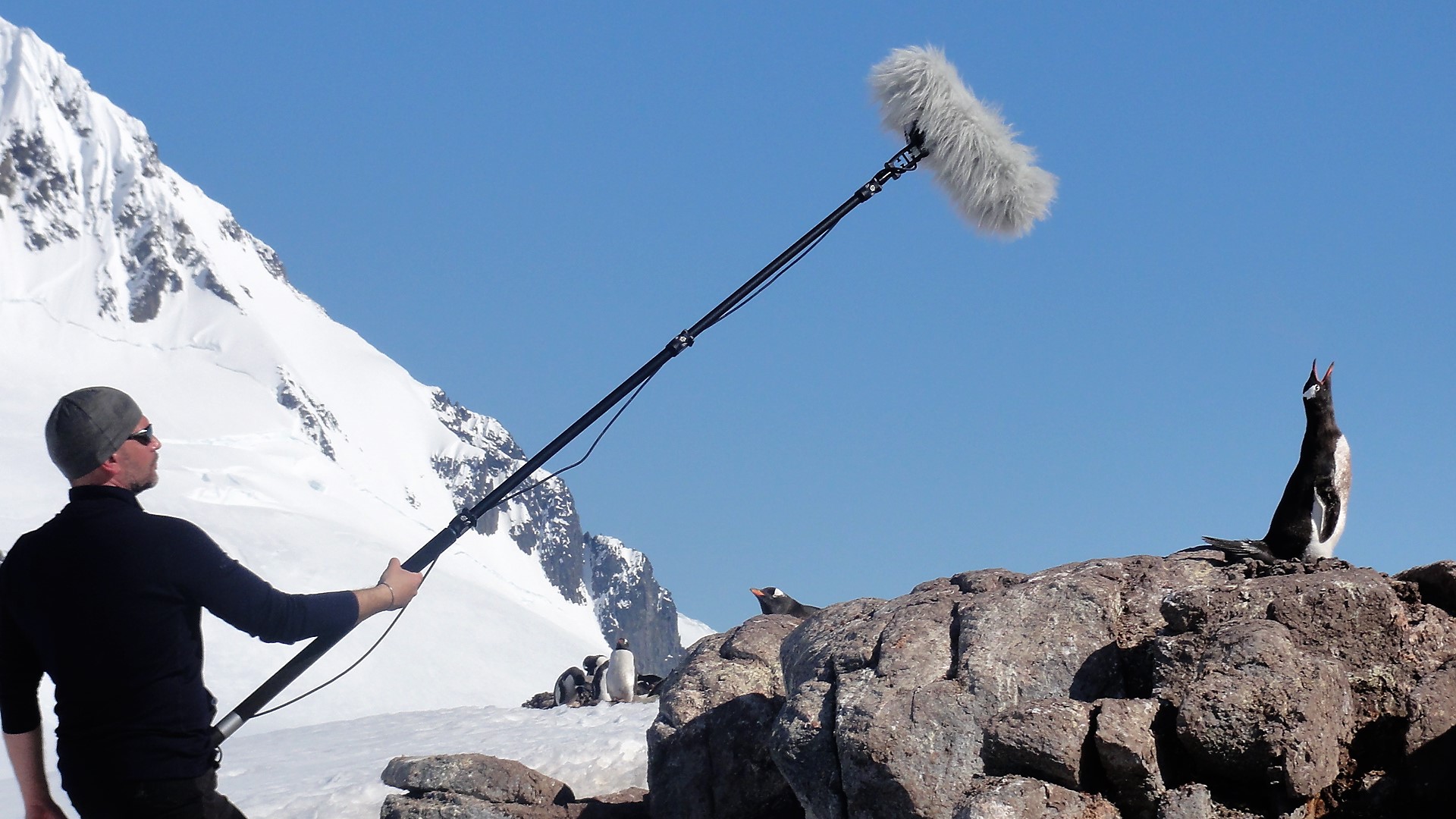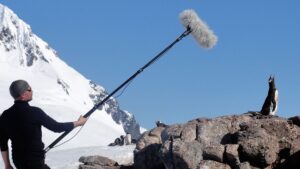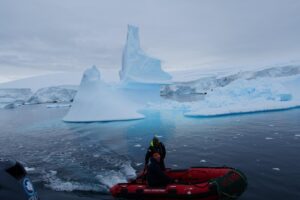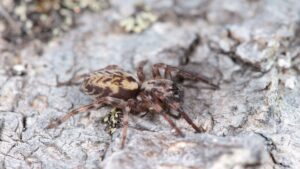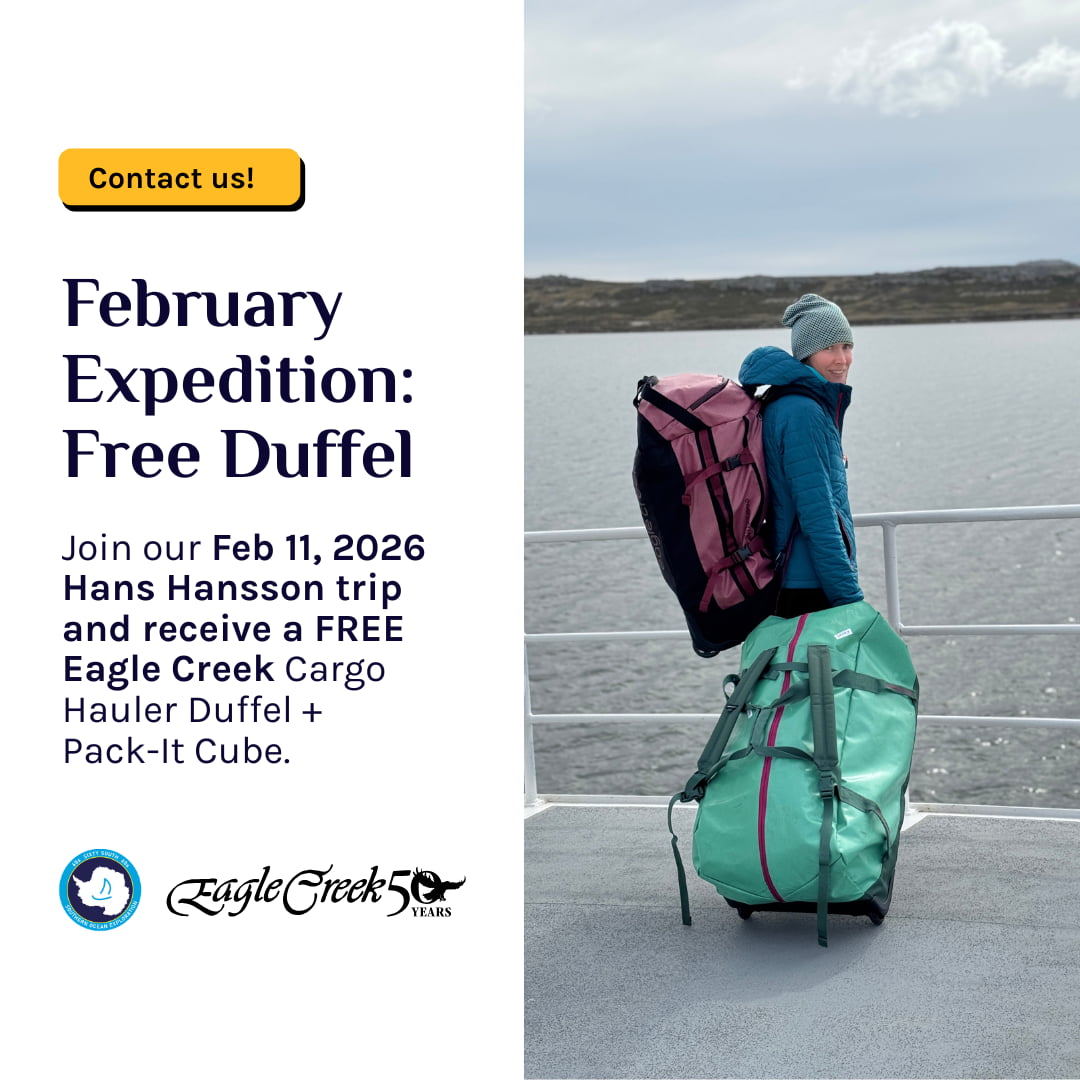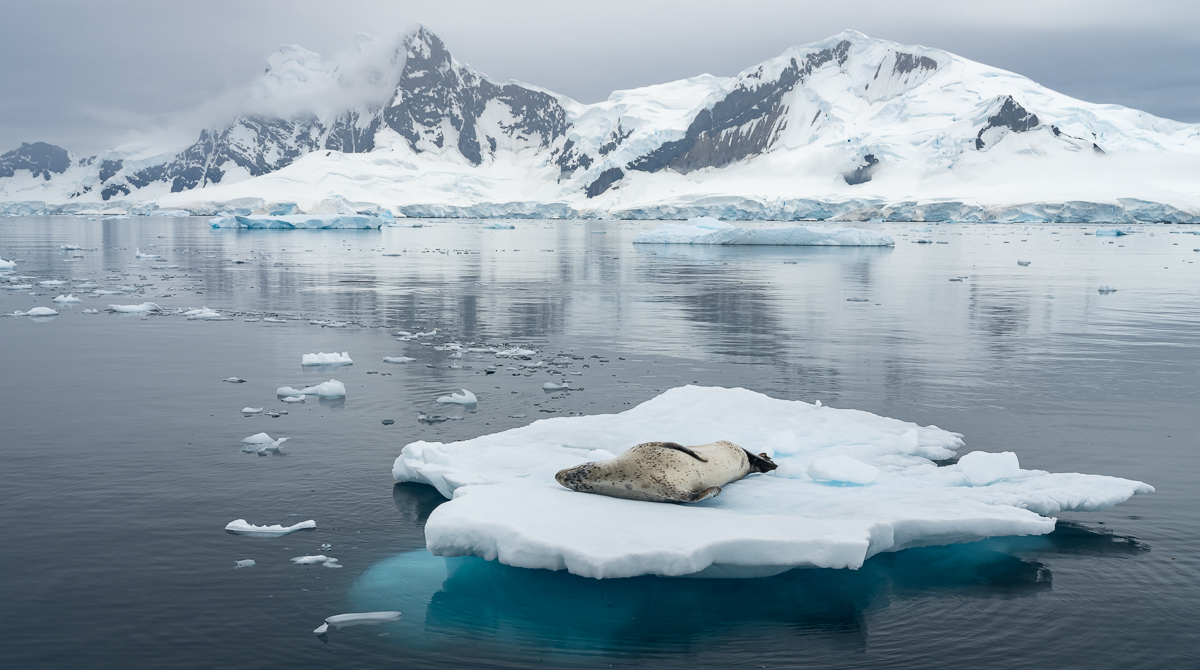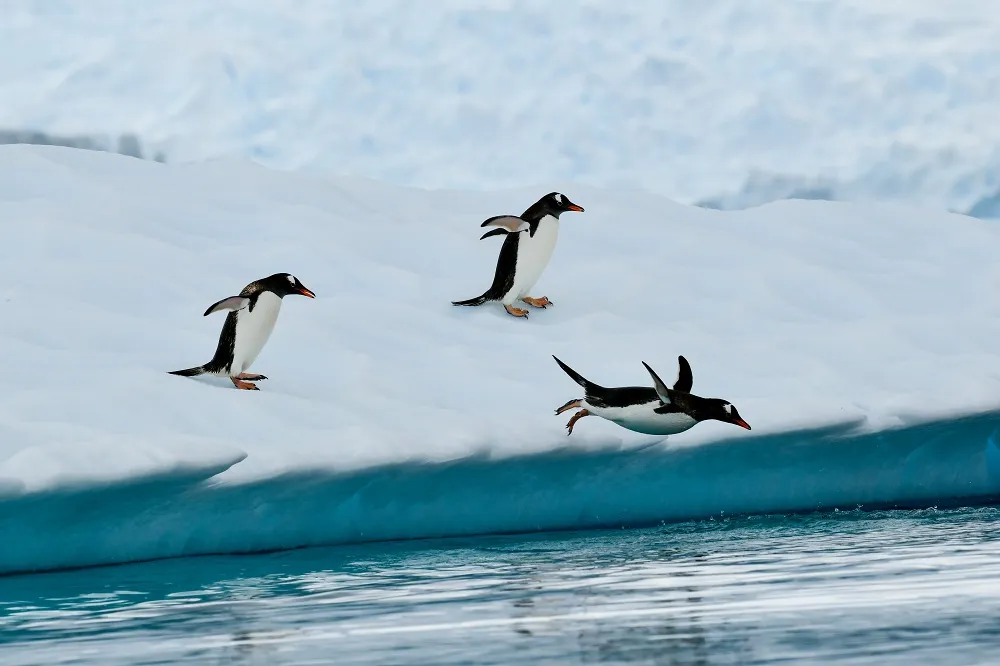I had an incredible time interning with 60 South this January! From interviewing fascinating scientists and passengers, learning about the staff’s behind-the-scenes work, and watching numerous National Geographic videos of Antarctica (for research purposes of course), each day engaged me with a variety of new discoveries, and makes a future 60 South trip very tempting. To wrap up my work, and offer a teaser for what’s to come, here are some fun facts which I couldn’t fit into the regular blogs.
The first three relate to penguins, which have quickly climbed the ranks of my favorite animals throughout this internship.
Dr. Beaulieu, who studied penguin vocalizations with 60 South, explained how penguins can differentiate between individual calls. For instance, a female Emperor penguin returning to the colony after a winter gathering food could recognize her mate’s voice among thousands and locate their nest within 30 seconds. Meanwhile, humans hear little to no difference between one penguin’s call and another. He also found correlations that penguins relay foraging information, such as where and how to find food. He tested whether a penguin would travel to the same or different foraging site after hearing its partner’s call after a successful or unsuccessful trip.
I also learned from Clare Flynn, a penguin counting scientist whose PhD research focused on the decline of the Adélie population. She explained that she used a drone instead of a clicker to count penguins in Chinstrap colonies because Chinstraps often nest at the tops of rocky cliffs that are hard to reach on foot. These penguins use their clawed feet and beaks to climb scree slopes, aided by their low center of gravity. They nest on cliffs for the bare rock, since sunlight melts the ice at higher elevations first.
She also taught me about krill and the impact of fisheries. A primary food source for penguins, krill is also harvested for its oil, widely used in dietary supplements and alternative health solutions. Additionally, farmers feed krill to their farmed salmon to replicate the pink color that wild salmon get from their natural diet. With increasing human demand threatening the penguin food supply, the Arctic Conservation Commission (CCAMLR) has set catch limits on krill per vessel and in total. Marine protected areas in the Ross Sea region and South Orkney Islands Southern Shelf also help limit overfishing. However, with melting ice predicted to shrink krill populations, countries have proposed new MPAs in the Waddle Sea and Western Antarctic Peninsula, but vetoes from China and Russia have stalled their implementation.
Shorter fun facts
- Antarctica was only discovered around 200 years ago
- Since nearly half of Antarctic animals are birds, ships aren’t allowed to dispose of eggs or egg shells into the ocean to avoid spreading Avian flu
- “Spider Man” Ramirez’s newly discovered spider species and its genus are poisonous to insects but luckily not humans!
- Spiders can detach and regenerate new legs if they’re ever injured or trapped
- Dr. Brenda Hall’s research crew and I share a love for crossword puzzles
- You can test when a rock was first exposed to the atmosphere by analyzing beryllium isotopes in its quartz
